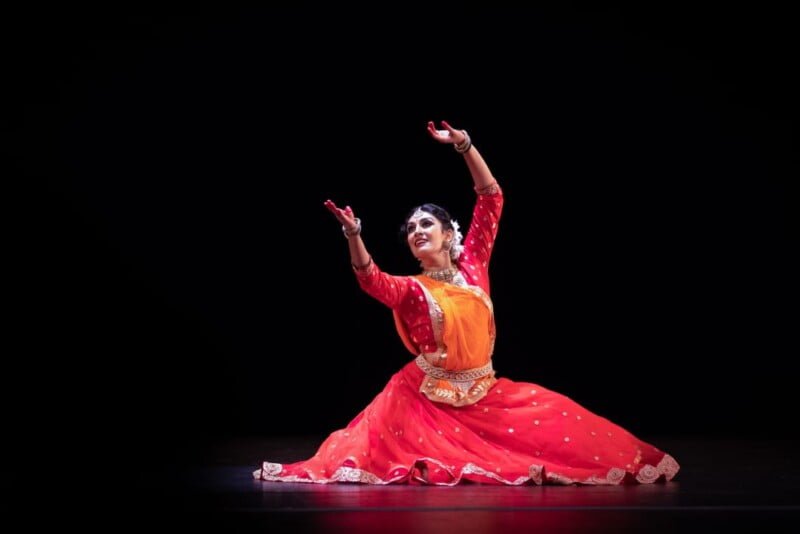
According to Mary Snodgrass, the Kathak tradition of India is traceable to 400 BCE. Kathak dance form that came from the north of India was not only enjoyed by audiences in the traditional settings but left a deep impression on Indian films and theatre. Using its flowery footwork, dramatic narrative, and rhythmic elegance, Kathak carries the essence of these art styles and intermingles amongst them, making them more culturally enriched and nuanced.
Kathak has its origin in the ancient Sanskrit texts and its development is inseparable from the time of India’s cultural history. Kathak has been able to weather the ups and downs of the Mughal courts, the cultural space of post-independence India and the baggage of myriad influences.
Expressive Storytelling In Kathak dance form
One of Kathak’s most influential impacts on film and drama is its storytelling aspect – Abhinaya. By their gestures and facial expressions, the dancers of Kathak dance dance tell stories and emotions without uttering a single word. This form of expression has been adopted by filmmakers and playwrights to enhance the narrative.
Rhythmic Footwork in Kathak Dance:
But the Tatkar, rhythmic footwork in Kathaka, is a marvel on its own. These complex patterns and rhythms have found a place in the dance sequences of Indian cinema and Theaters. The characteristic tones of ghungroos, the ankle bells worn by Kathak dancers, have emerged as the very blood pulse of many on-screen dance sequences.

Cinematic Choreography:
Over the years, Kathak style has been song and dance upon, by Bollywood, Indian film industry. In mainstream cinema, elaborate dance numbers usually include the fluid movements, spins and twirls typical of Kathak, this creates classic touch in the movies.
Historical Epics and Period Dramas:
Kathak can be felt particularly in film and theatre productions set in historical or period settings. In turn, the form of dance seamlessly fits into the loftiness of royal courts and traditional surroundings, making historical stories even more impressive in a visual and emotional aspect.
Fusion of Styles:
Modern choreographers and directors in India often hybridize Kathak with other dance forms to create an innovative style that addresses the needs of contemporary audiences. This fusion is visible within experimental theatre productions and avant-garde films, demonstrating the adaptability and malleability of Kathak.

Theatrical Productions:
In the field of theatre, Kathak has moved beyond its traditional confines as a solitary or group dance showcase. It has successfully become a part of theatrical performances, contributing to the visual and emotional richness of the plot. In comparison to the performances of non-Kathak actors, Kathak-trained actors create a more exaggerated physical expression.
Revival and Preservation Of Kathak Dance Form:
The integration of Kathak in cinema and theatre has also contributed to the revival and preservation of this classical dance form. As it reaches new audiences through popular media, Kathak has a new generation of practitioners interested in knowing and preserving its culture.
Cross-Cultural Influences:
In fact, the impact of Kathak is not limited by the boundaries of India, influencing the way the rest of the world perceives Indian culture. Kathak is well-liked and applauded across the world because it’s an element of international films and theatre productions.
Educational Initiatives:
The symbiotic connection of Kathak with cinematography and theatre has fostered educational developments in the form of formal training programs in classical dance and dramatic arts. This cross-disciplinary model breeds artists who move effortlessly between the spheres of dance, acting, and the art of narration.
Kathak dance’s influence on Indian cinema and theatre is a reflection of the timelessness of this classical art. Kathak has contributed to the powerful aesthetic and narrative components of performing arts, from its charming footwork to its essential storytelling. With Kathak, gathering the rhythmic reverb in the hearts of audience members, the popularity of this timeless dance form remains for generations.




